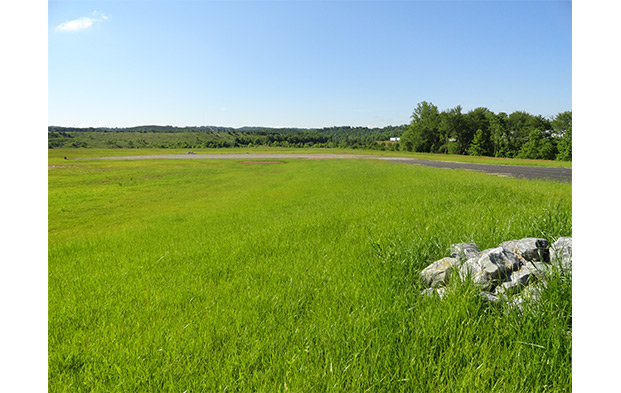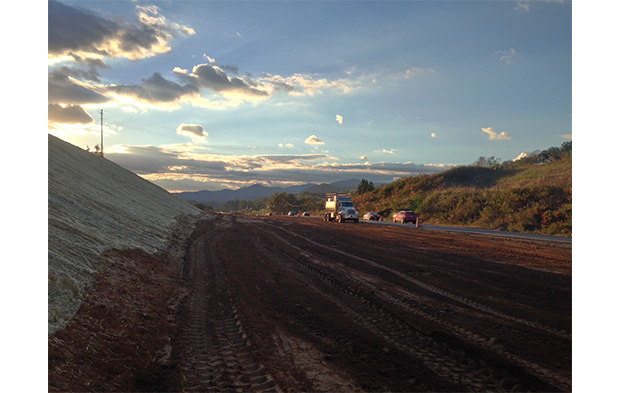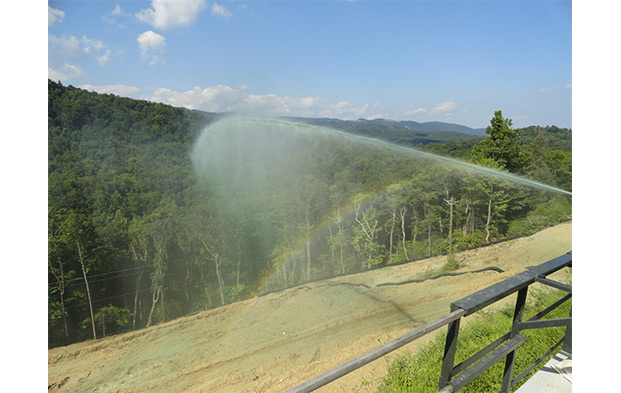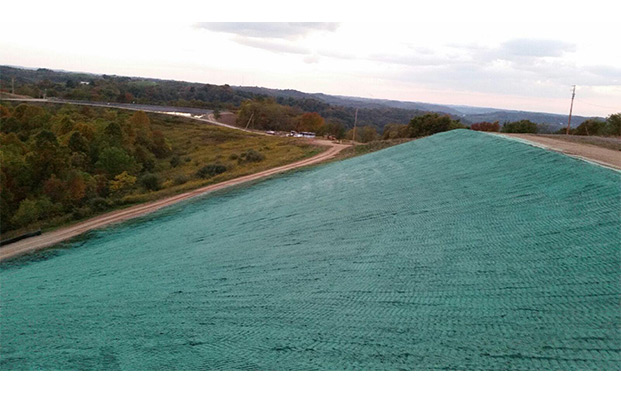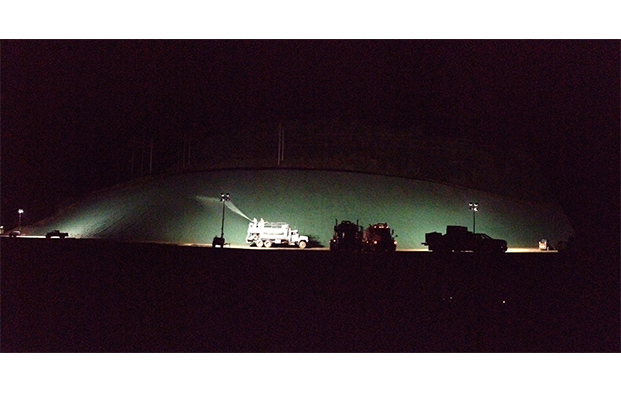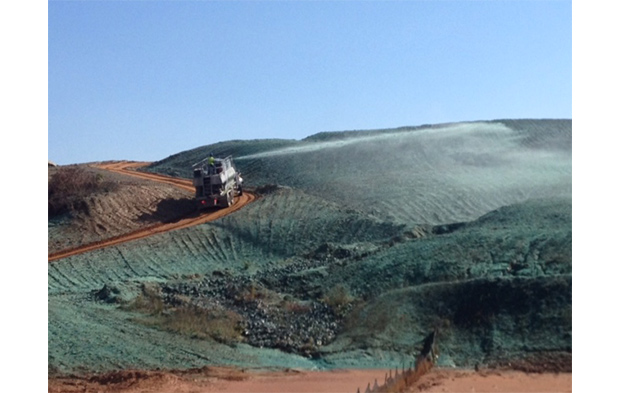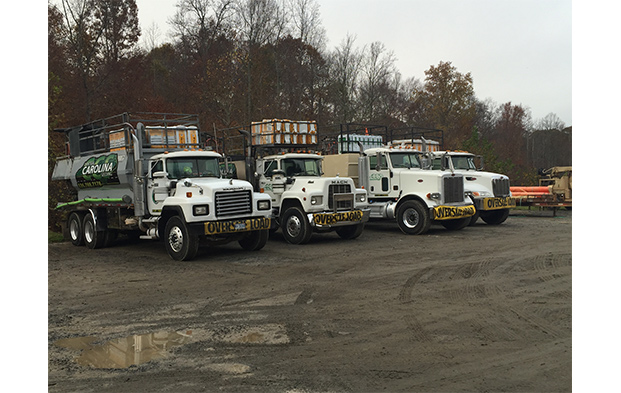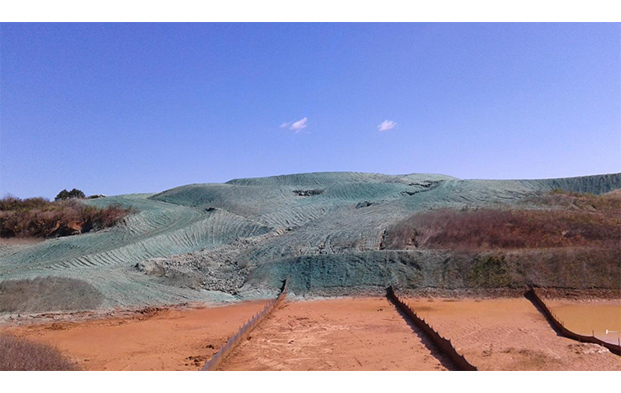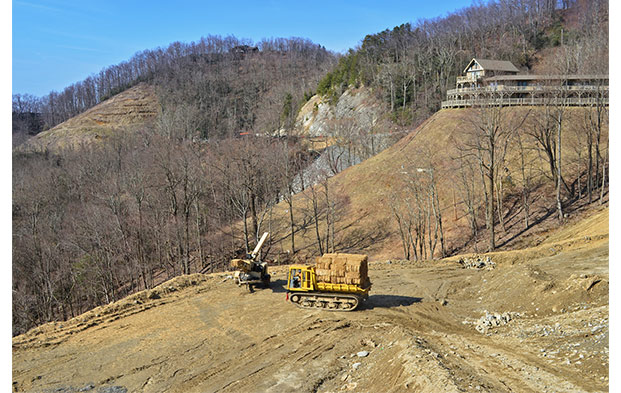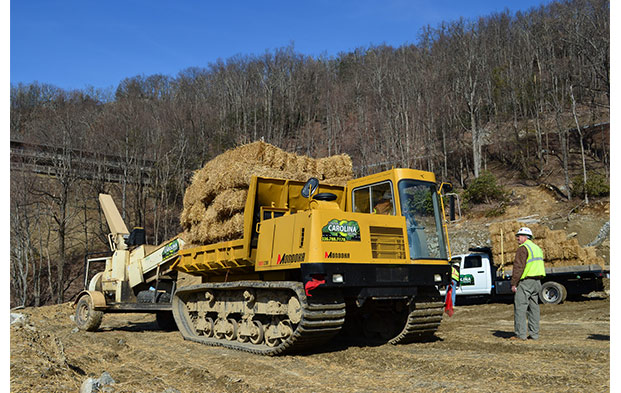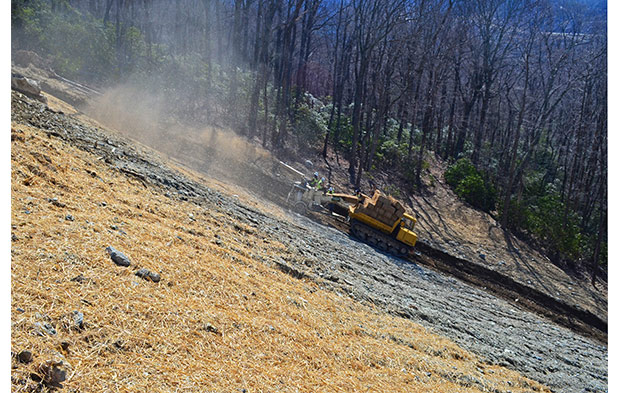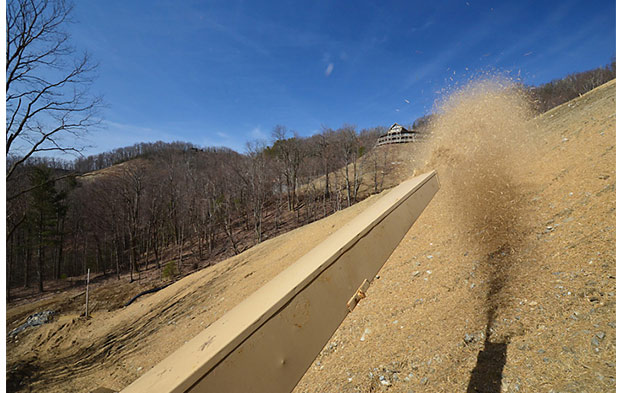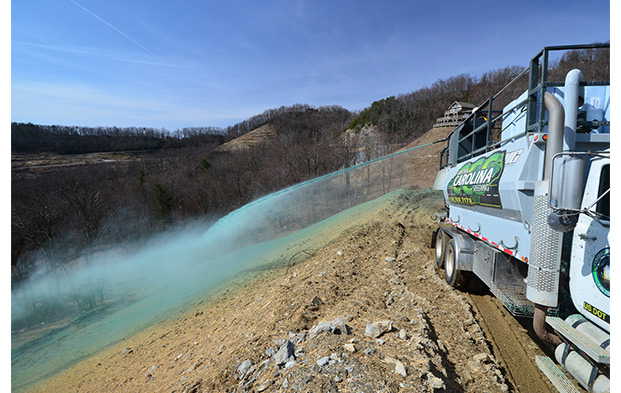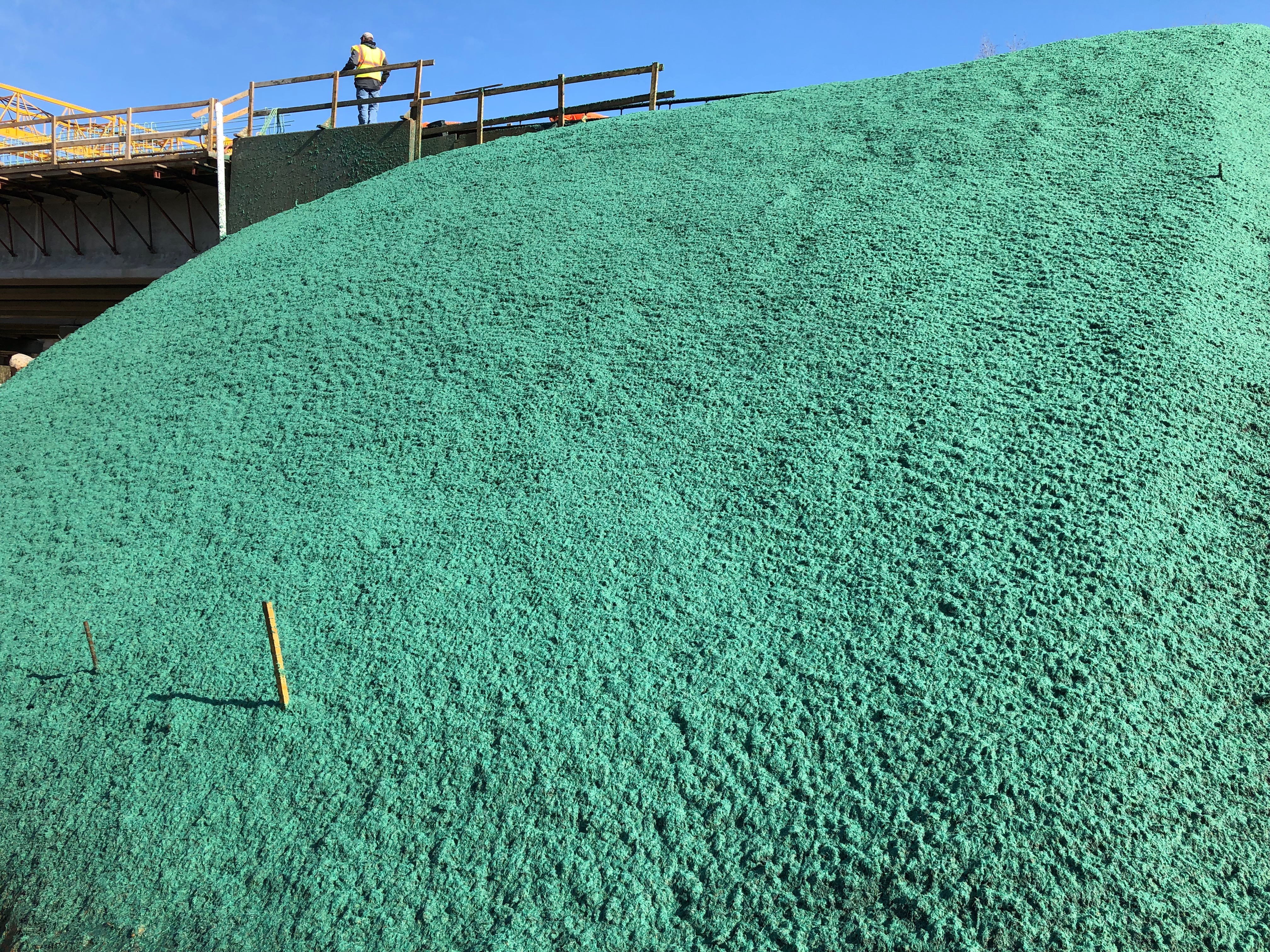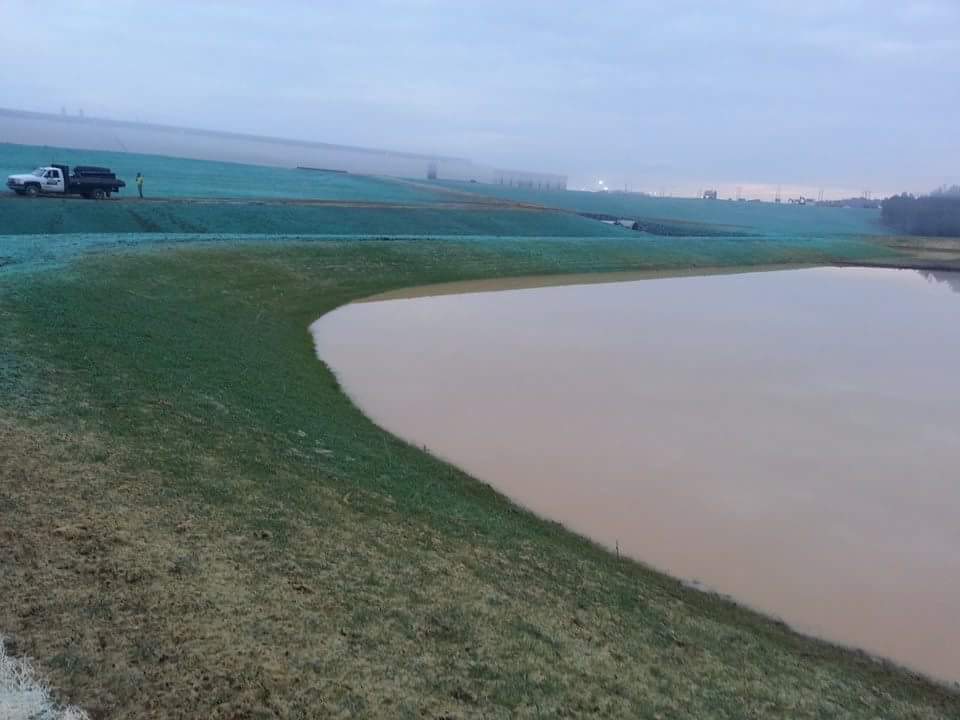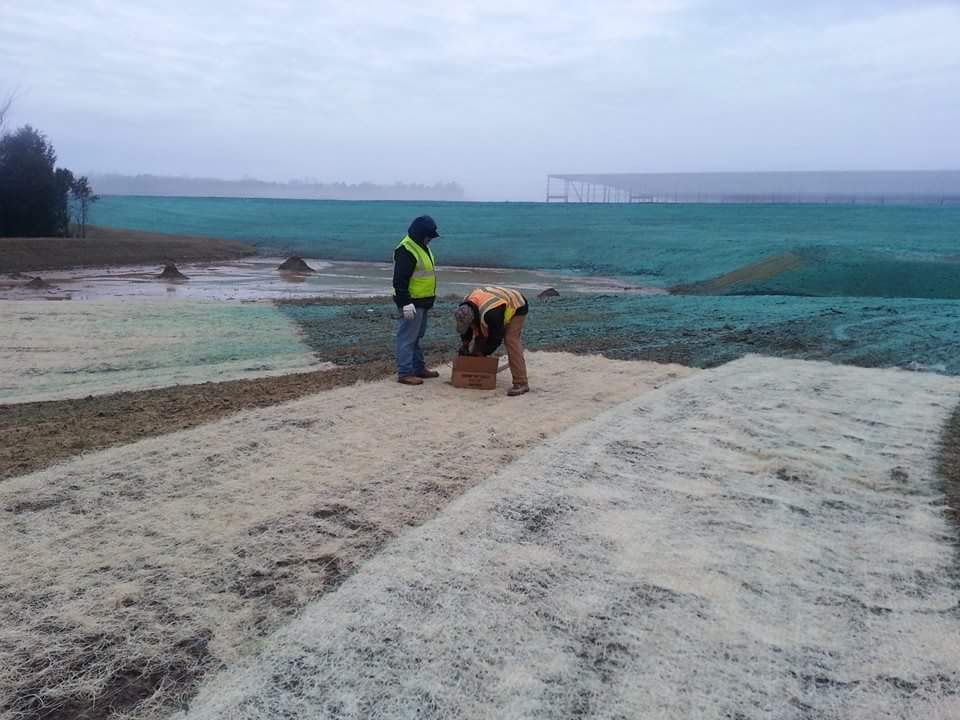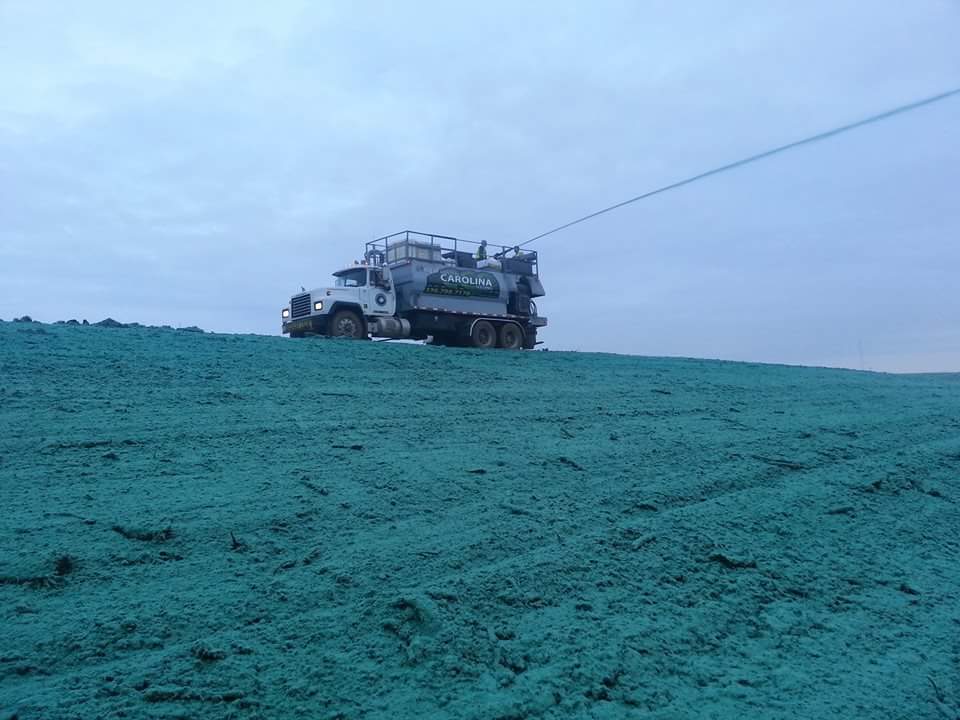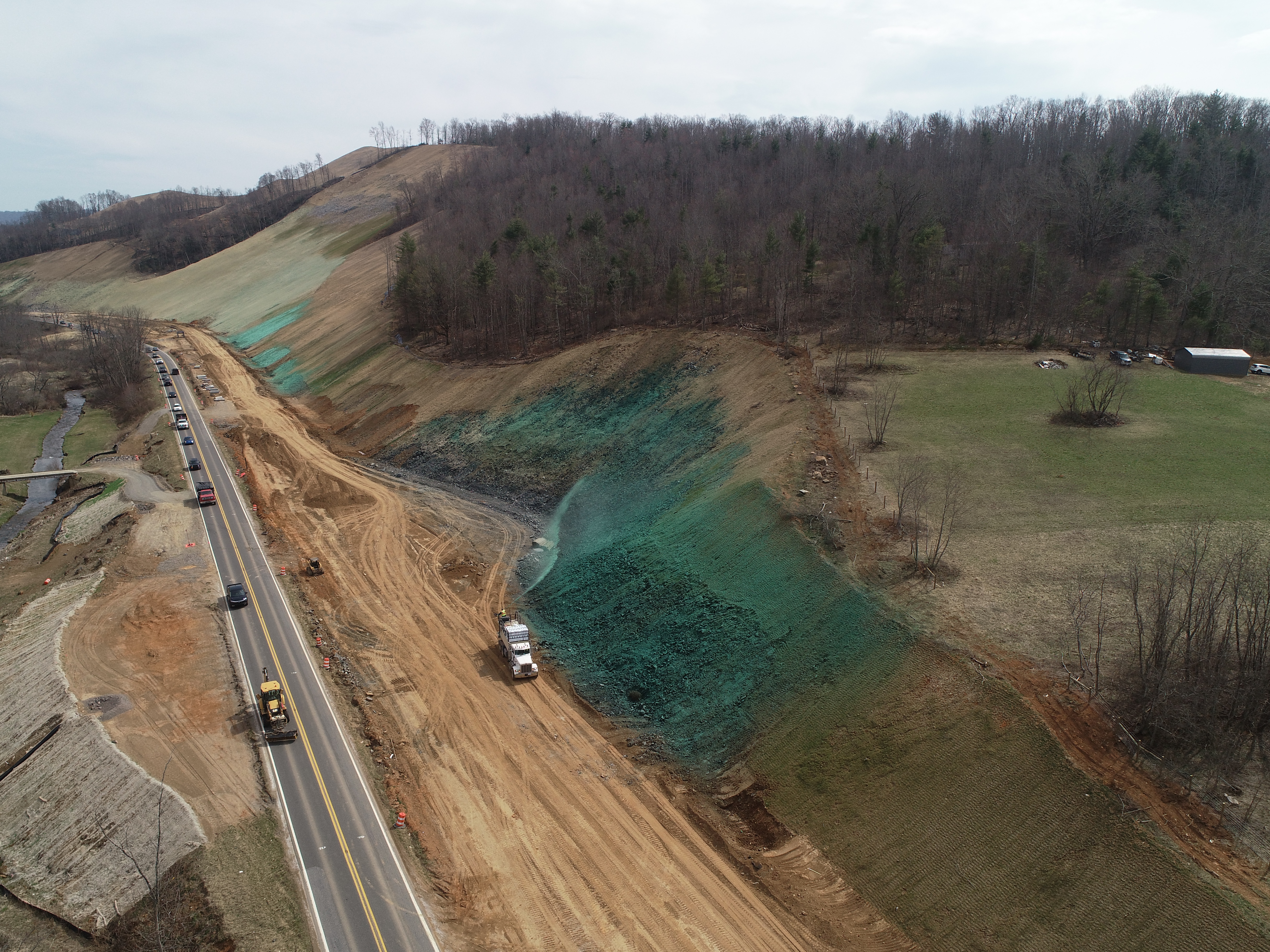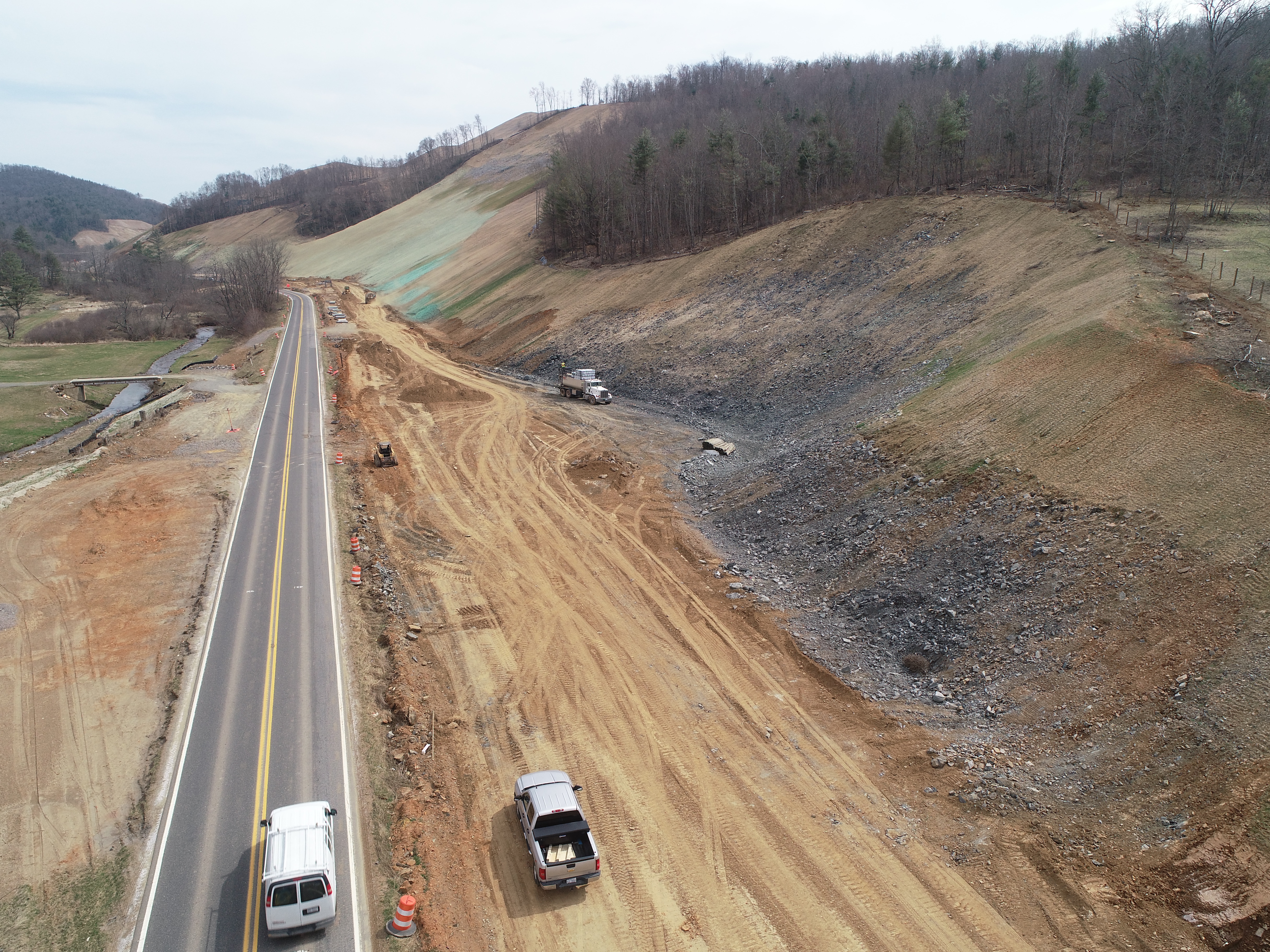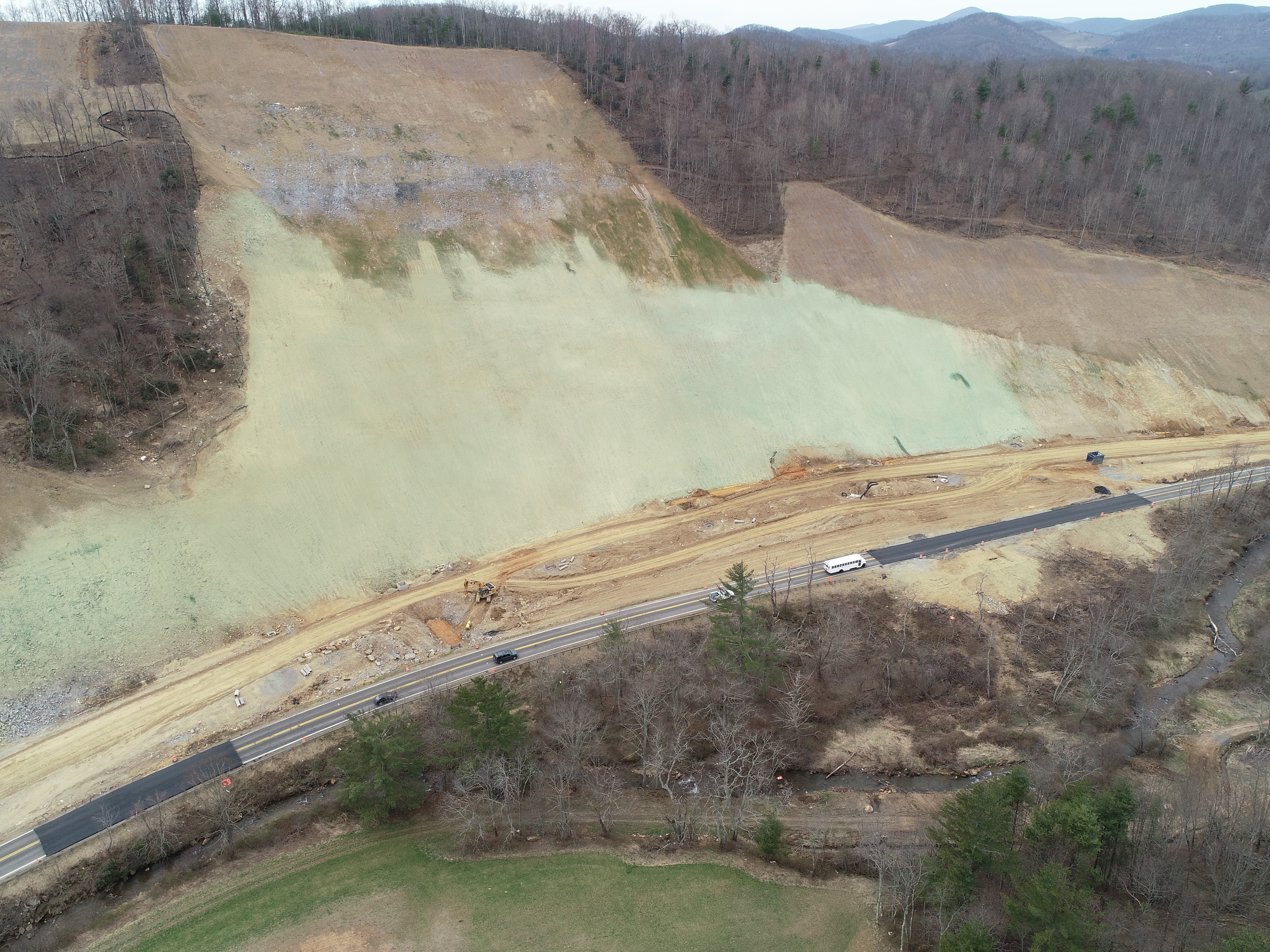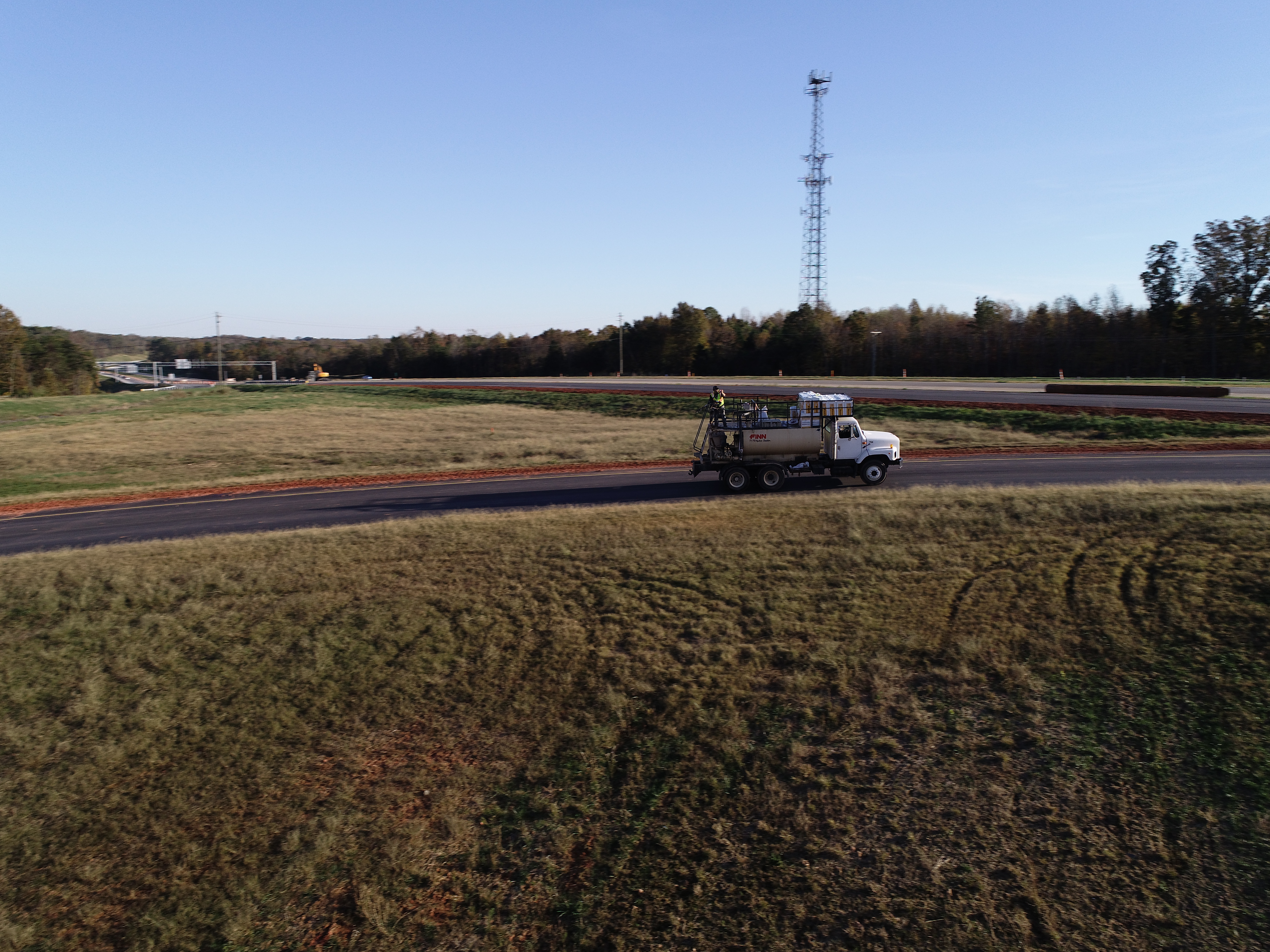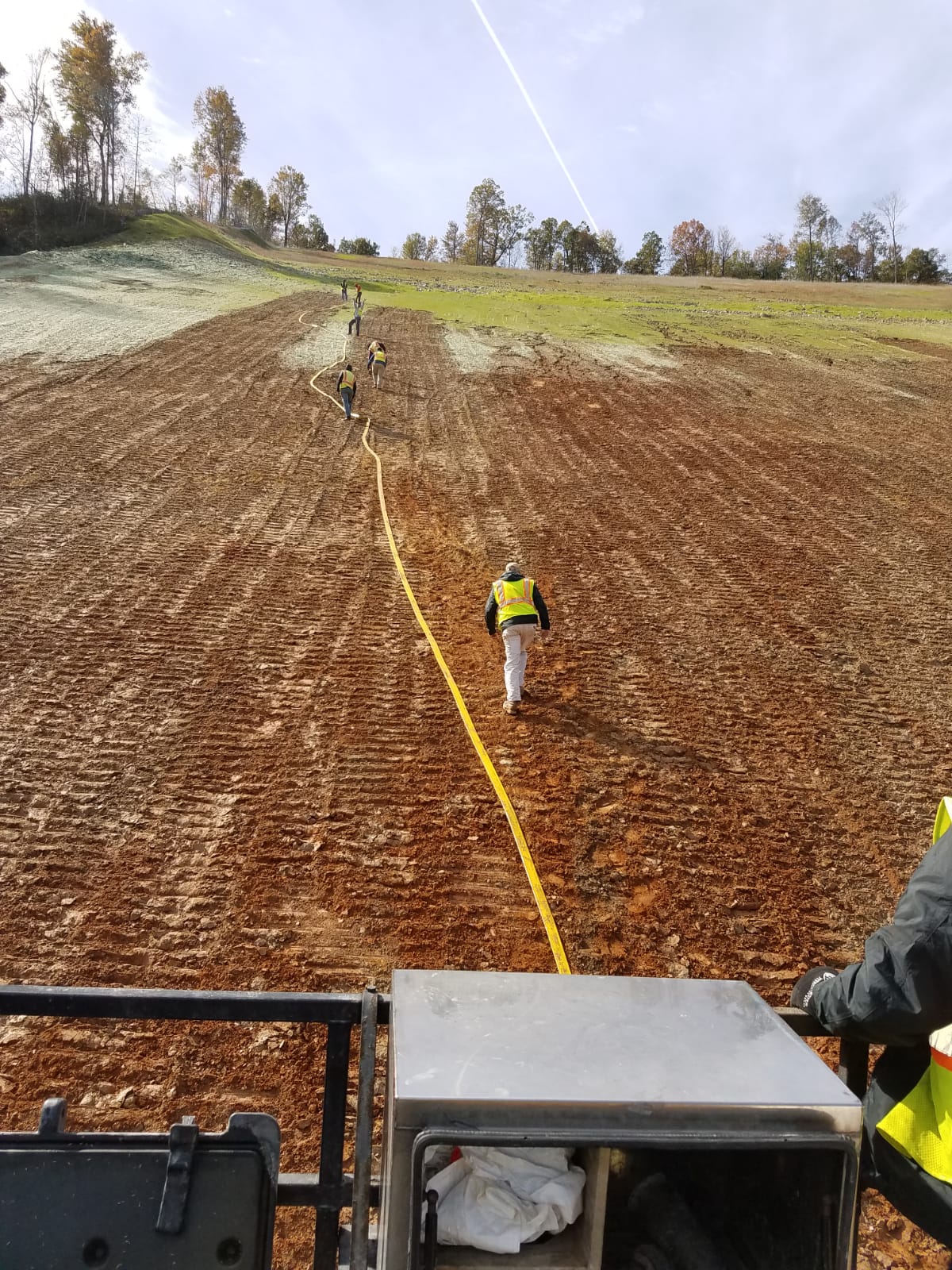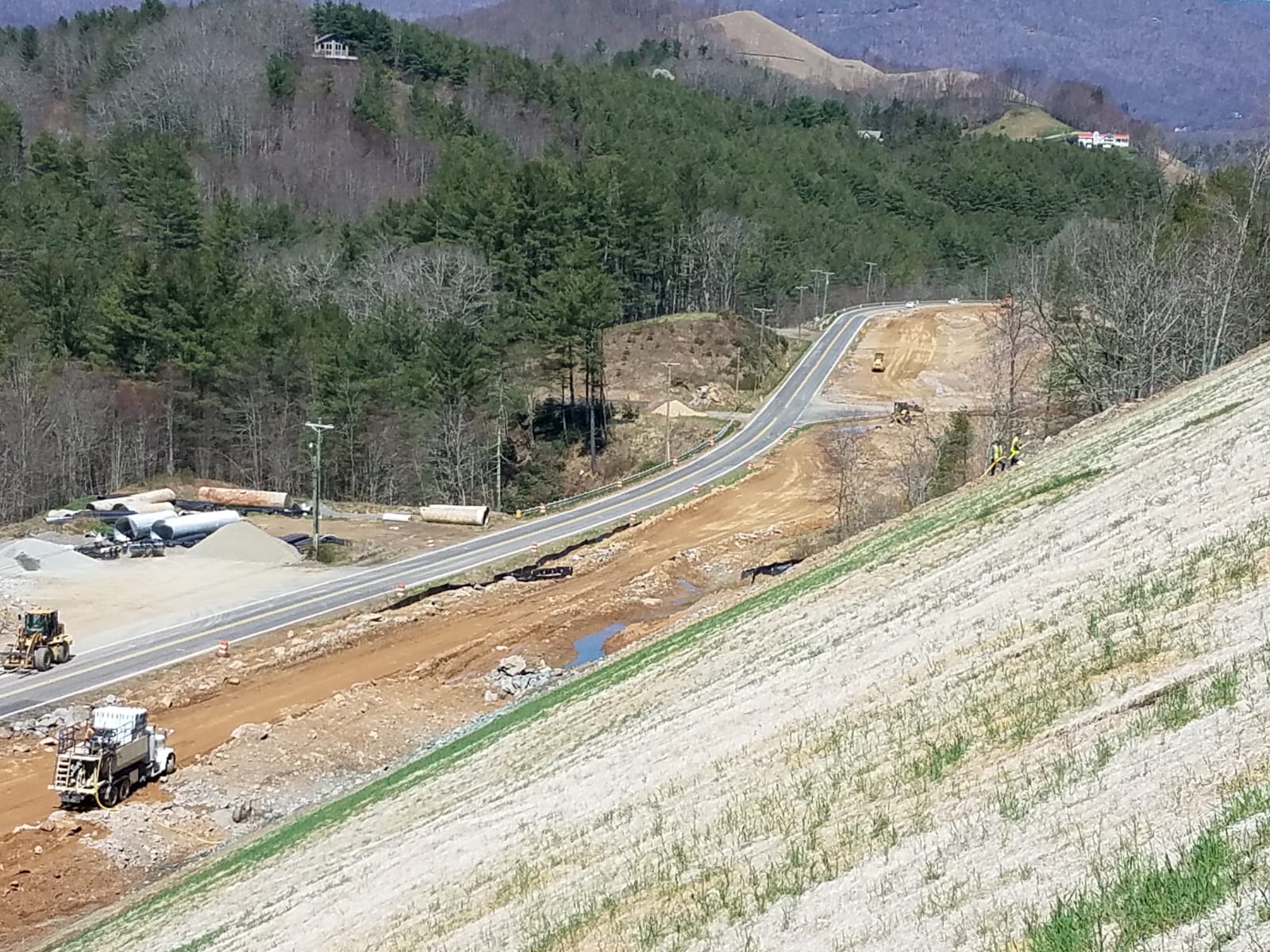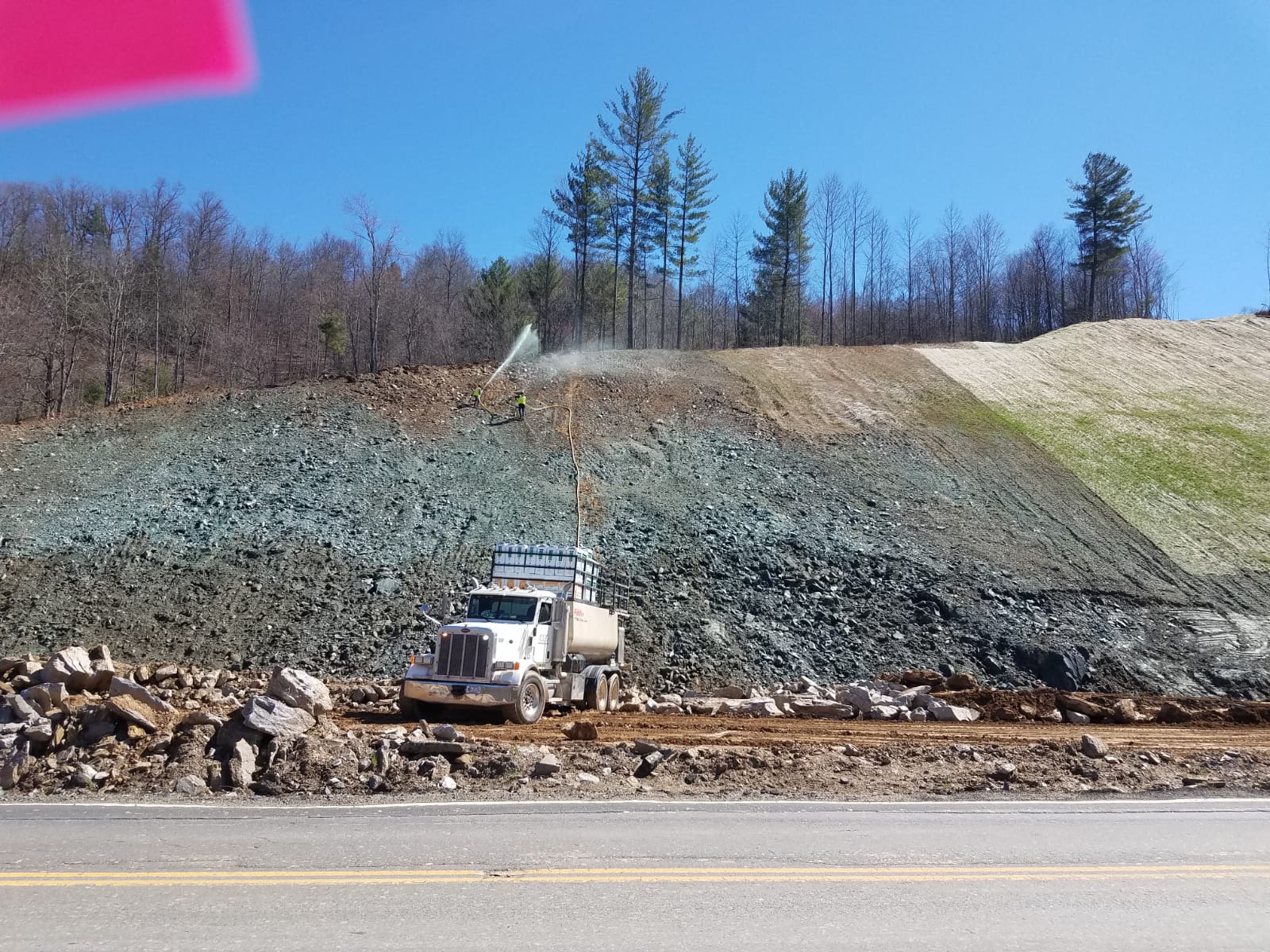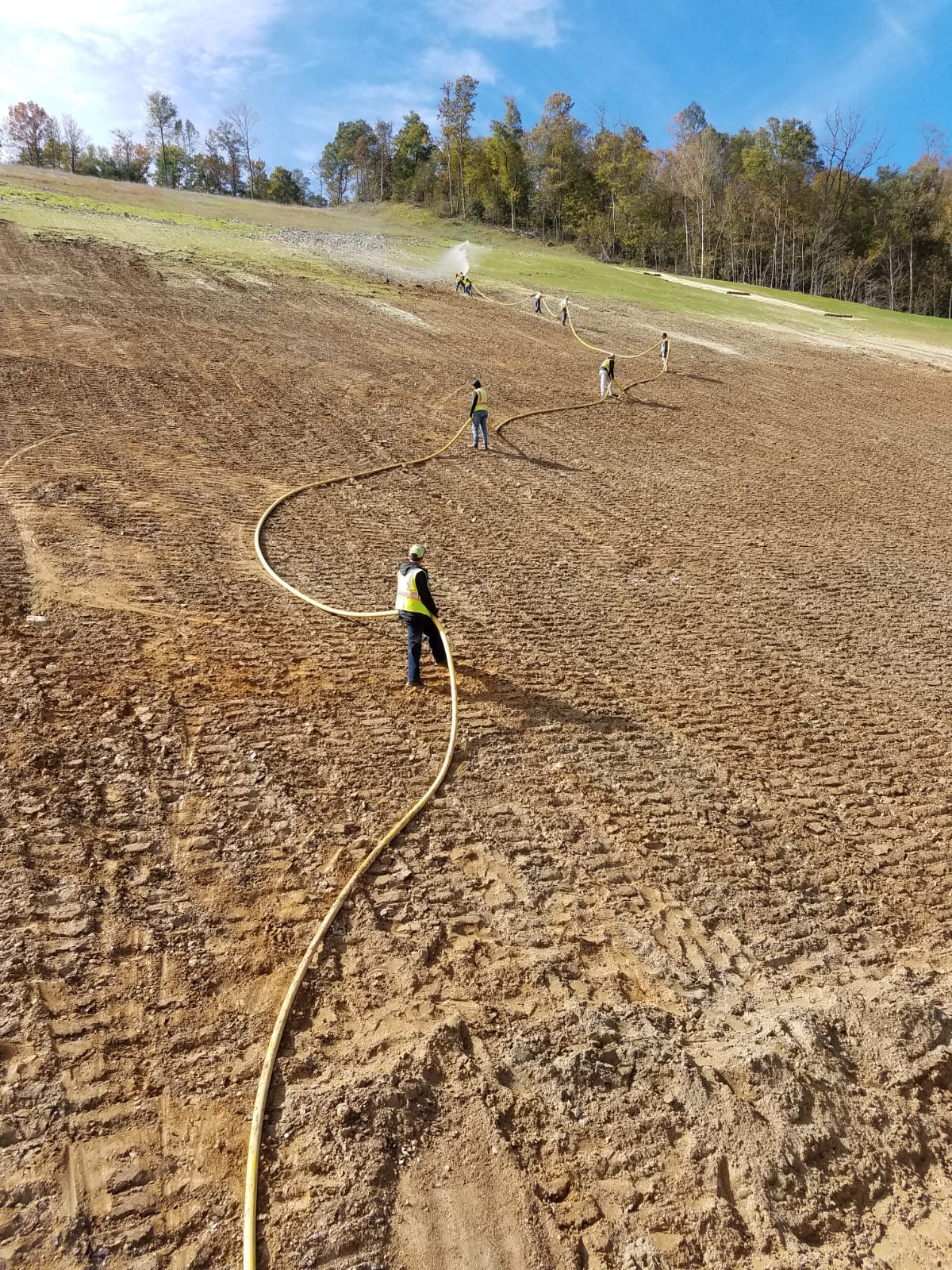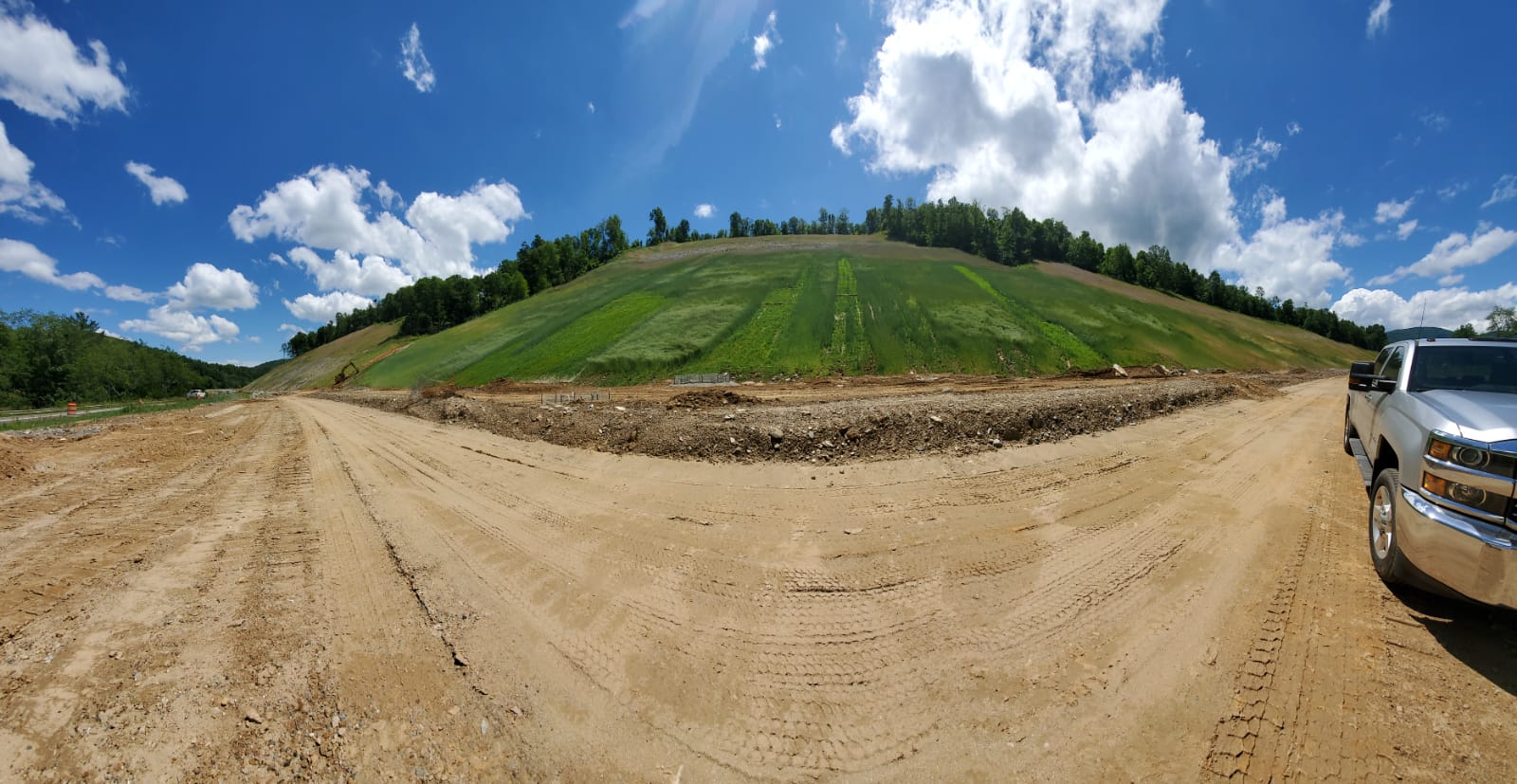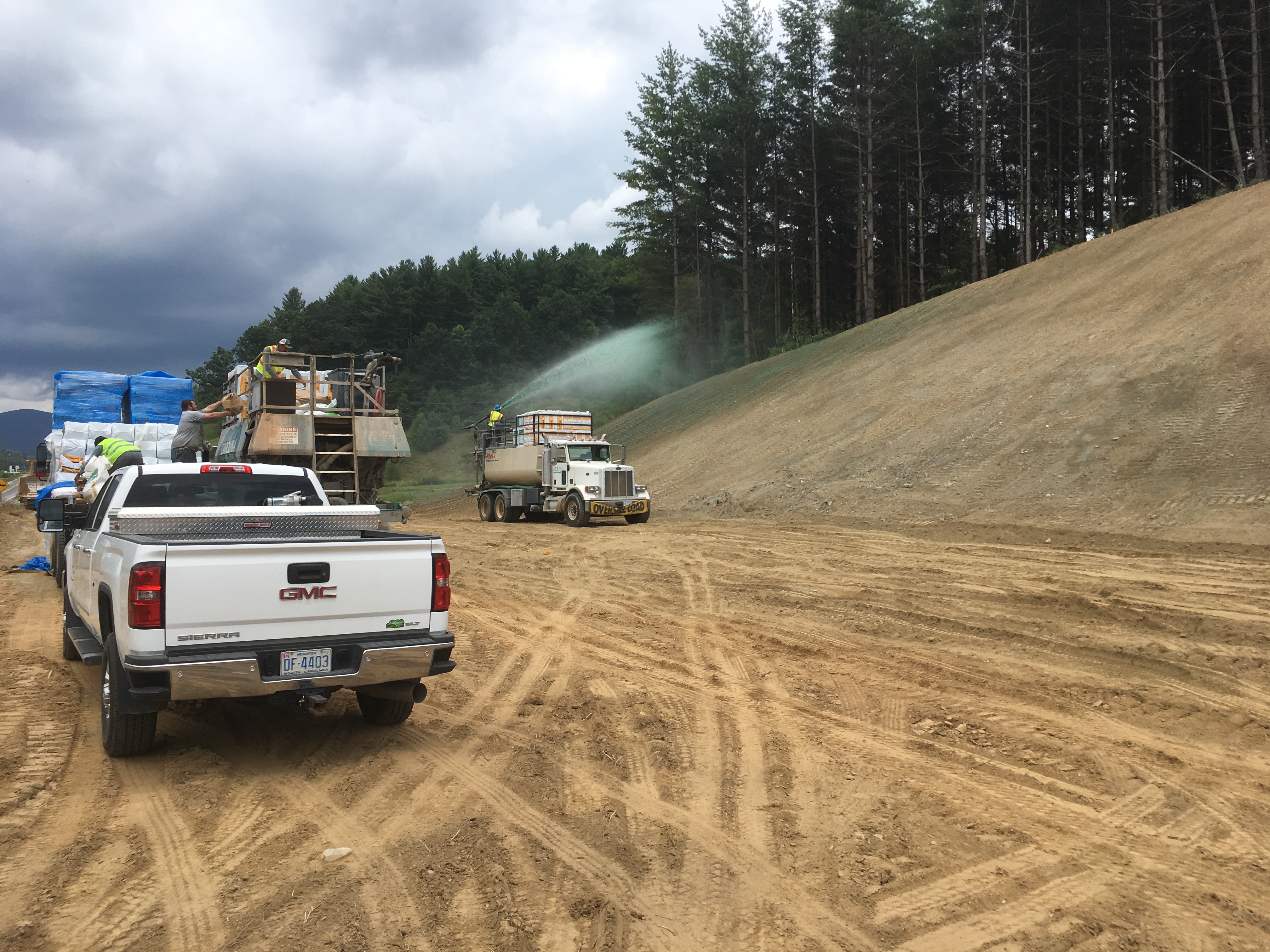Seeding
During the construction process, it is critical to establish healthy vegetation as quickly as possible. Regardless of other preventative measures, healthy vegetation is the key to preventing erosion. Unfortunately, there is no one-size fits all solution for how to obtain vegetation, as every project is different. Many different factors play into the decision of how each area should be seeded. Depending on site conditions, Central Carolina Seeding’s industry leading experts typically either Hydroseed, Broadcast Seed, or Drill Seed, depending on which application is going to be the most affective for the project at hand.
We offer a variety of services for large construction projects.
Bonded Fiber Matrix
Sprayed as a wet mulch, this subset of hydroseeding is used as an erosion control product.
Broadcast Seeding
Broadcast seeding is often the method of choice when confronted with wet, hard-to-access, and otherwise challenging terrain—rapid coverage of vast acreage makes this a benefit of broadcast seeding. Used for both temporary or permanent erosion control, broadcast seeding provides a uniform distribution of the seed mix.
Drill Seeding
Commonly utilized for reseeding large highway, industrial, or commercial projects, drill seeding is a mechanical grass seeding method that incorporates great precision in the planting of seed at just the right soil depth and with perfect spacing.
Hydroseeding
Hydroseeding, the most efficient way to cover large areas when replanting grass, is also referred to as hydraulic mulch seeding, hydro-mulching, and hydraseeding. It is frequently used as an erosion control technique on construction sites and along roadways as well as to reseed swaths of land impacted by fire. It is particularly useful on steep hills and highly erosive slopes.


